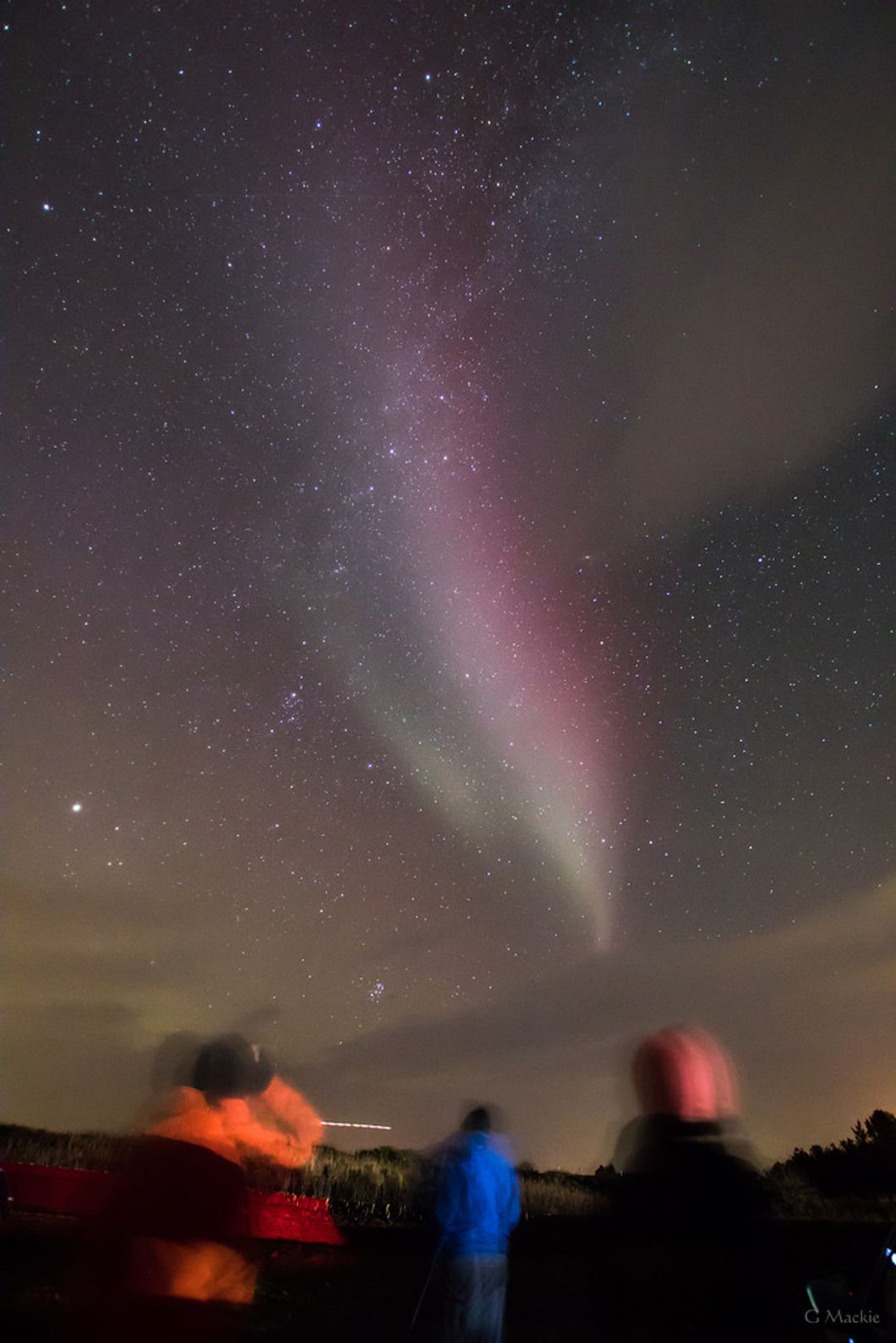In early March 2018, a group of citizen scientists (individuals who contribute findings in collaboration with professionals) discovered an atmospheric phenomena science had never seen. And what does the highly developed minds of the 21st century name this miraculous discovery.
Steve. Before we give up on the intelligence on the civilian scientific community for making an Over the Hedge reference, there is an actual meaning behind it's simplicit name. The name is an acronym for Strong Thermal Emission Velocity Enhancement.
This ribbon-like aurora is unlike the usual layered wave pattern seen in the Northern Lights. Steve is one straight shot down a star speckled sky in Alberta Canada. Elizabeth MacDonald, a space physicist at NASA Goddard Space Flight Center in Greenbelt, Maryland, says the science and physics behind Steve in relationship to other spatial phenomena is "different." After sending a swarm satellite through Steve, results suggested interaction with the Earths ionosphere in the form of heated, accelerated, and charged particles projected from the sun. MacDonald's team posted their findings on Science Advancecrediting the original group by keeping the name Steve.Steve is a unique and special anomaly; where most aurora's burn a whispy red, green, or yellow color while Steve glows a bright purple/fuchsia tone straight down the sky. Steve is a seasonal aurora and cyclical with space weather- charged sun particles.
How can you get involved?
Elizabeth MacDonald's citizen science project app: http://www.aurorasaurus.org
This app is made by a collection of scientist and educators who came together to create an aurora notification app. It is free to the public and the team uses the application to study aurora and human interaction.
Alberta Aurora Chase Group: https://www.facebook.com/groups/AlbertaAuroraChase...

















